How to Choose the Right Baby Car Seat
One of the most important purchases a new mother will make is the baby car seat. This is because very few products are able to save a child’s life if anything happens on the road. Furthermore, one cannot take their newborn baby from the hospital without having one.
Do you know where to start?
There are three main types of car seats for infants and young children: rear-facing, forward-facing, and convertible (rear or forward-facing).
According to the American Academy of Pediatrics (AAP), children should be kept in a rear-facing car seat for as long as possible, until they reach the weight or height limit of that seat.
As your child grows up, you will need to change positioning her/him in his/her seat and also change whether he/she sits forward or backward. You may even need to purchase another one. Check out this guide on how to keep your child age during car travels at different ages.
Car seats for newborns and infants
There are two types of car seats for babies: convertible and infant-only. Both are equally secure for newborns as well as infants; it depends on your financial situation and personal choice.
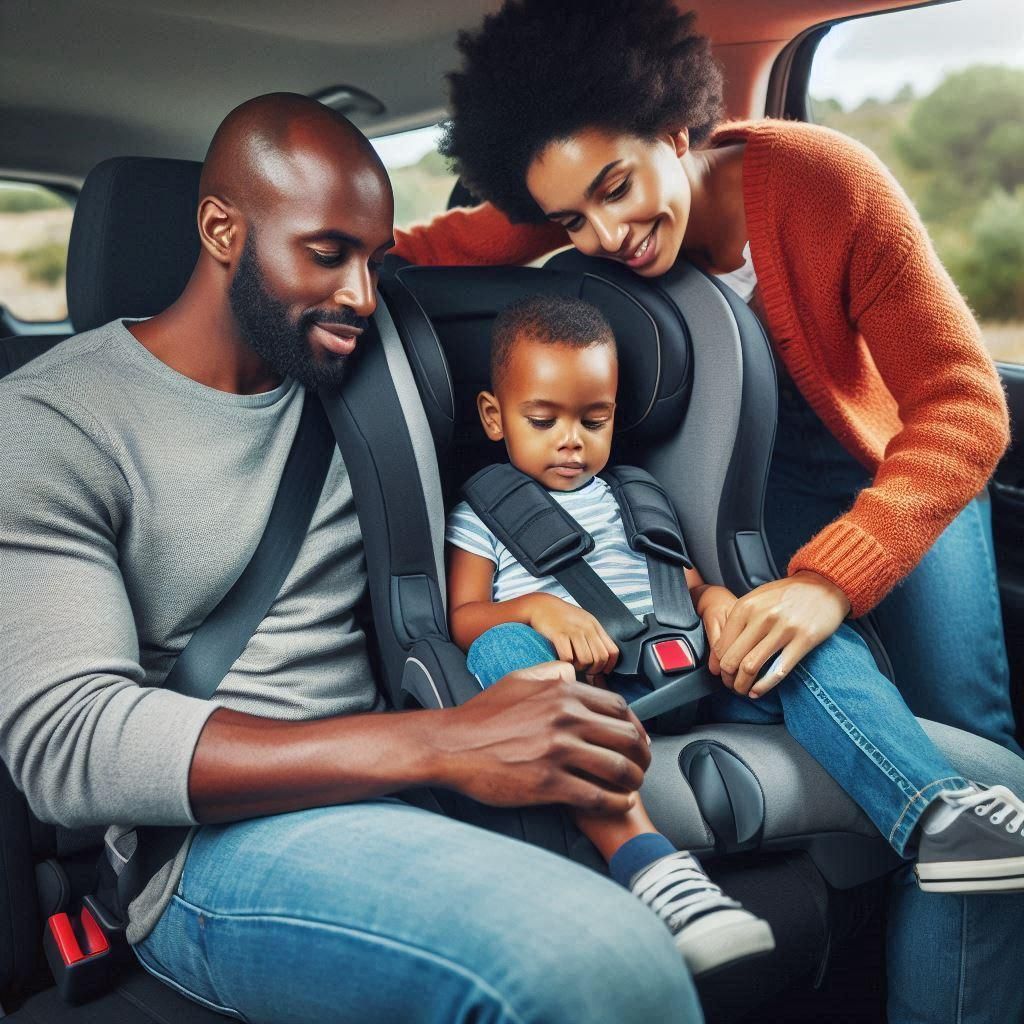
●Infant-Only Car Seat
They can be used until a baby weighs 20 to 22 pounds, or until their head is one inch from the top of the seat. They are generally lighter and more portable in design.
These car seats, unlike other models, provide convenience to parents who are usually busy with their kids.
The advantage of using an infant car seat is that it can be taken off the car without having to unfasten the belts, thus avoiding waking up a child who may be sleeping peacefully.
Only the base remains fastened to the automobile, while the carrier merely pops in and out of this foundation.
Additionally, infant-only seats are convenient because they can click onto a stroller base. In case you go for an infant-only option, make sure that you buy one that is part of a travel system or one that matches with your preferred stroller.
●Convertible Car Seat
A convertible car seat can also be used from birth, but it isn't as effective as infant-only seats. When you go for a convertible car seat, find one that is certified to face backwards until your baby weighs 30 pounds.
Convertible seats are great if you need a product that will stay with you over the years, since they can be installed as either rear-facing or forward-facing.
Also, most of them have limits allowing kids to ride rear-facing even up to two years or more. Nevertheless, convertible seats don't work as portable. Instead, they stay fixed in the car.
Car seats for toddlers
When your child outgrows the limitations of their rear-facing car seat, they should use a forward-facing car seat with a harness for as long as possible (until they reach the seat's height or weight limit).
When buying a car seat for a toddler who has outgrown their rear-facing seat, you can either turn their car seat around to face forward (if it's a convertible car seat), or you can choose a forward-facing only car seat or a combination car seat.
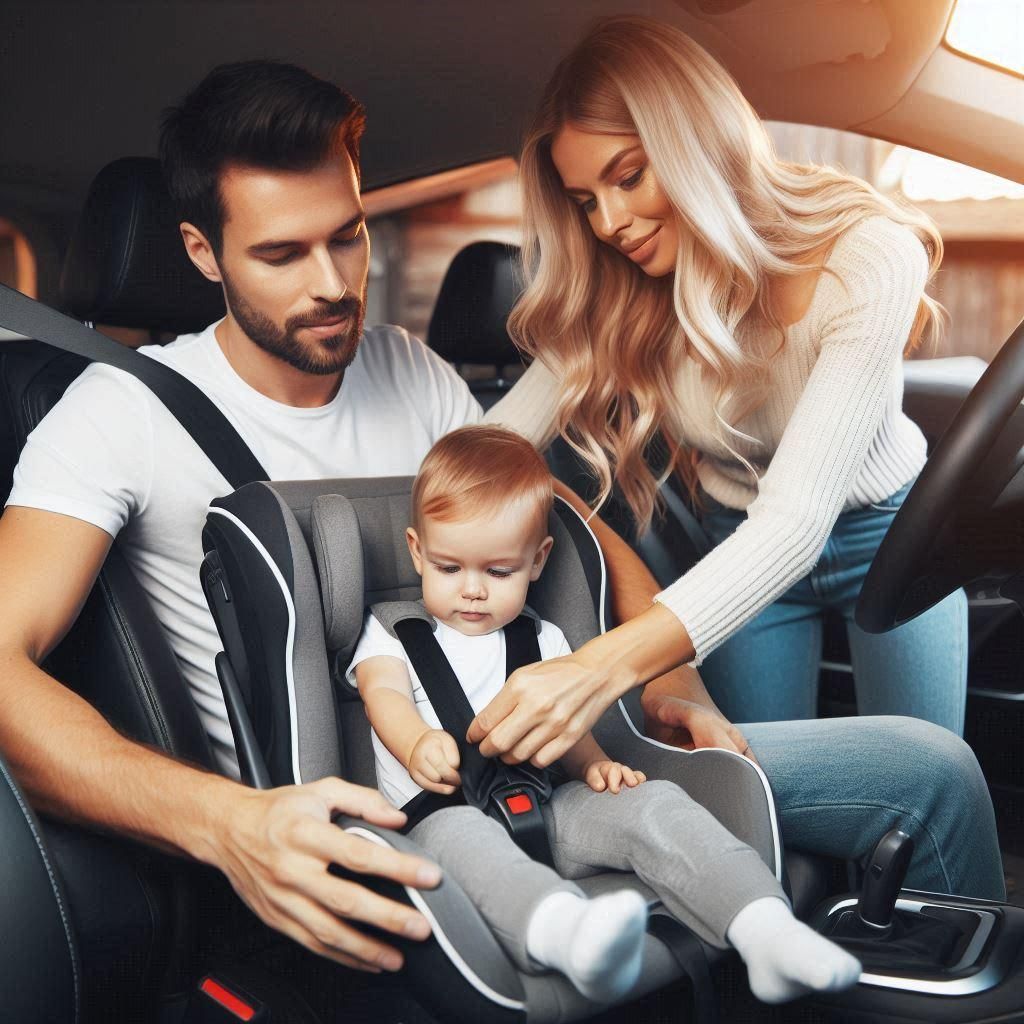
●Forward-facing Car Seat
A forward-facing car seat is comparable to a convertible car seat because both use the same five-point harness system.
However, while a convertible car seat can be used facing forward or rearward for babies and young toddlers, this type of chair is designed only to face forwards.
Most of such seats could be used by children up to 65 pounds or more. The maximum height and weight limits should be sought from the selected seat’s guidebook, as nothing like these exists in general.
●Combination car seat
A combination car seat does two jobs at once. It acts as a five-point harness for bigger babies and toddlers. Then it becomes a booster for school-aged kids. Usually, it has a harness mode that works between 40 to 65 lbs.
This enables you to take off the straps so that the child sits inside a belt-positioning booster when his or her weight is around 80 to 100 lbs, which uses your vehicle lap/shoulder belt.
What to Do After Buying Your Car Seat
Start by practicing how to buckle the seat into your car well before your baby’s first ride. You shouldn’t rush through the process of ensuring an installation is safe. One may have to try it out for a few times before they can be comfortable with a fresh car seat.
Consider booking an appointment with a certified child passenger safety technician who will show you how to install your car seat safely. The National Highway Traffic Safety Administration (NHTSA) has a list of inspection stations.
Ensure that the harness straps fit snugly around your child when placing them in the car seat. For newborns, use the lowest harness slots and keep the straps at or below the baby's shoulders when rear-facing.
See to it that the shoulder straps are positioned appropriately, as well as between legs so that nothing is twisted.
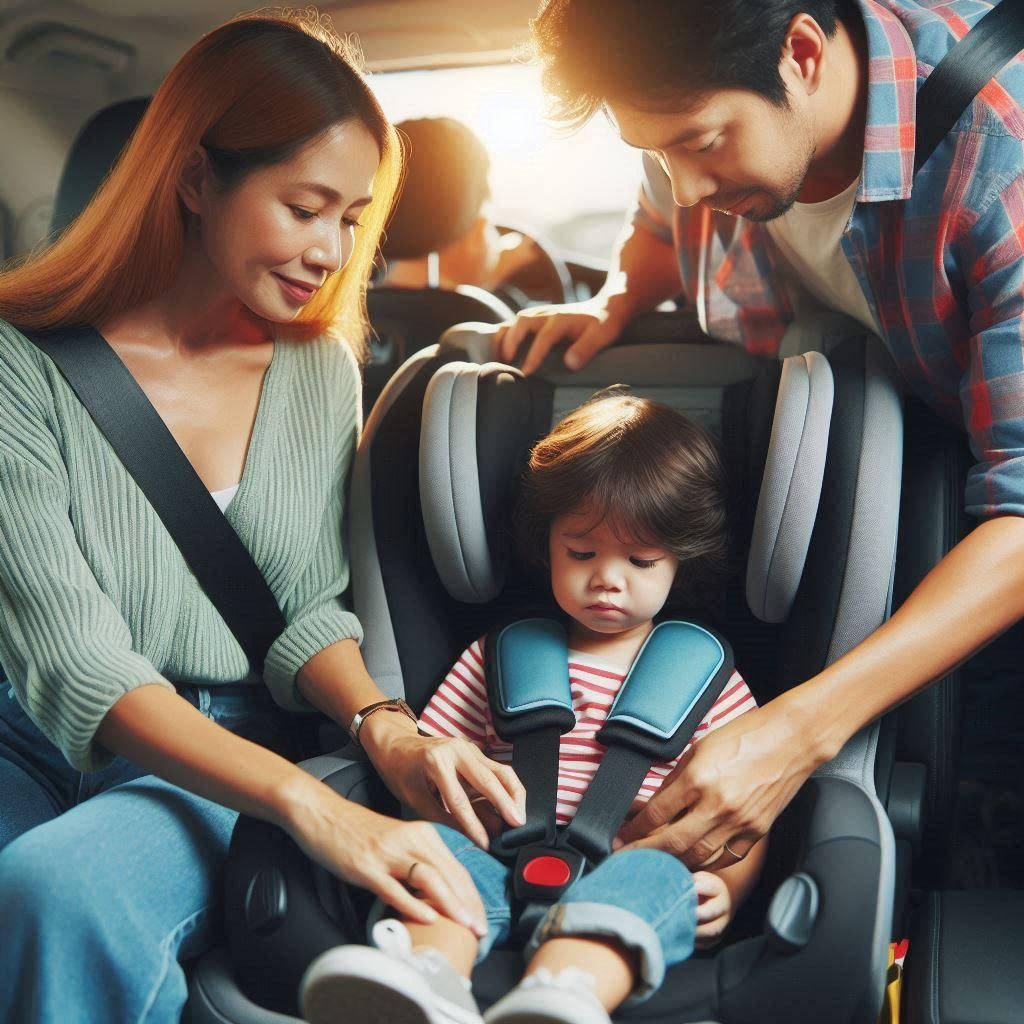
Frequently Asked Questions
1. Compare an infant-only car seat and a convertible car seat.
Infant seats tend to be tailored for newborns and babies aged around 20-22 pounds. They can be moved easily out of the base and they are compatible with strollers. Convertible car seats are designed to allow children to face either forward or backwards.
2. How long can my child use a convertible car seat rear-facing?
Convertible car seats that have been approved for rear-facing may be used until your baby weighs as much as the manufacturer has specified, which is typically about 30 pounds or so. According to the AAP, it is best to keep kids facing towards the back for as long as possible.
3. What are the advantages of using a convertible car seat over an infant-only seat?
The beauty of these types is their ability to change from backward facing padded cushions to front ones as your child grows older.
This way, they take care of your child’s needs while he/she grows up and spares you from having to buy different booster seats each time he/she outgrows one.
4. When should I transition my toddler to a forward-facing car seat?
Once your kid hits the limit on his/her weight or height in respect of their rear-facing convertible seat (usually at age two years or over when they outnumber the rear-facing weight entitlement), you may safely put them in a forward position with harnesses only.
OTHER NEWS
-
- Top Five Classic Vintage Cars of All-Time
- By Prodosh Kundu 17 May,2024
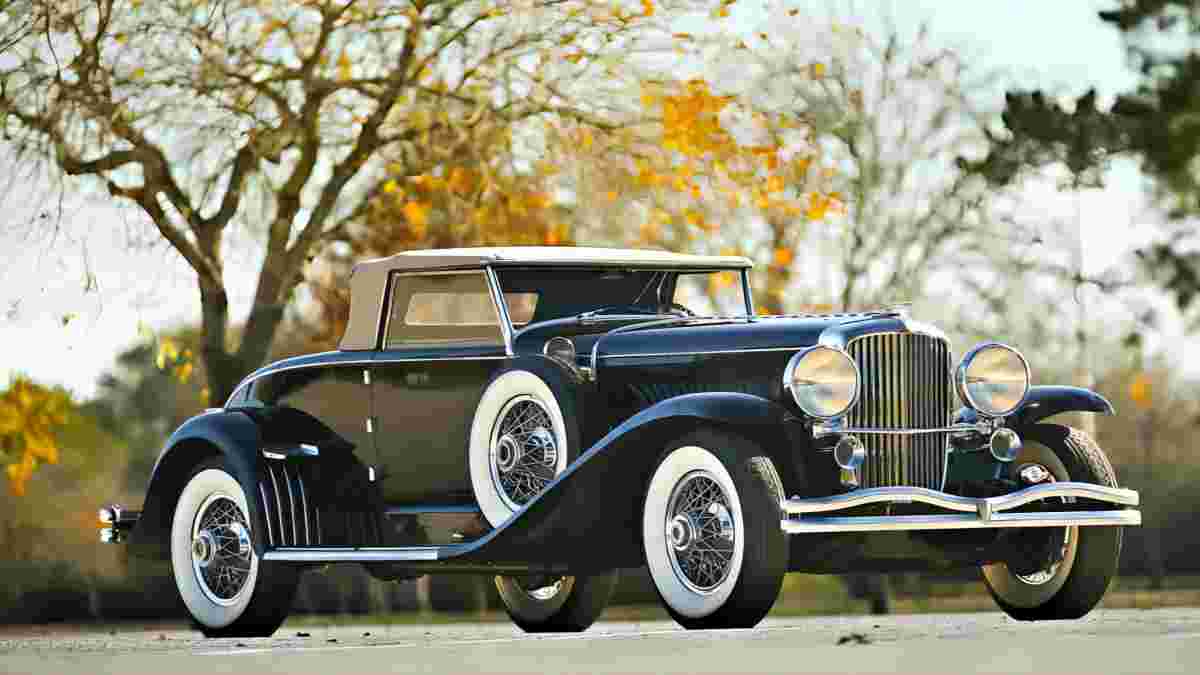
-
- 8 Best-Selling Cars in the History of the United States
- By Prodosh Kundu 17 May,2024

-
- Is Your Car Battery Healthy?
- By Prodosh Kundu 03 Jul,2024

-
- The Top Five Best-Selling Vehicles in America
- By Prodosh Kundu 20 May,2024
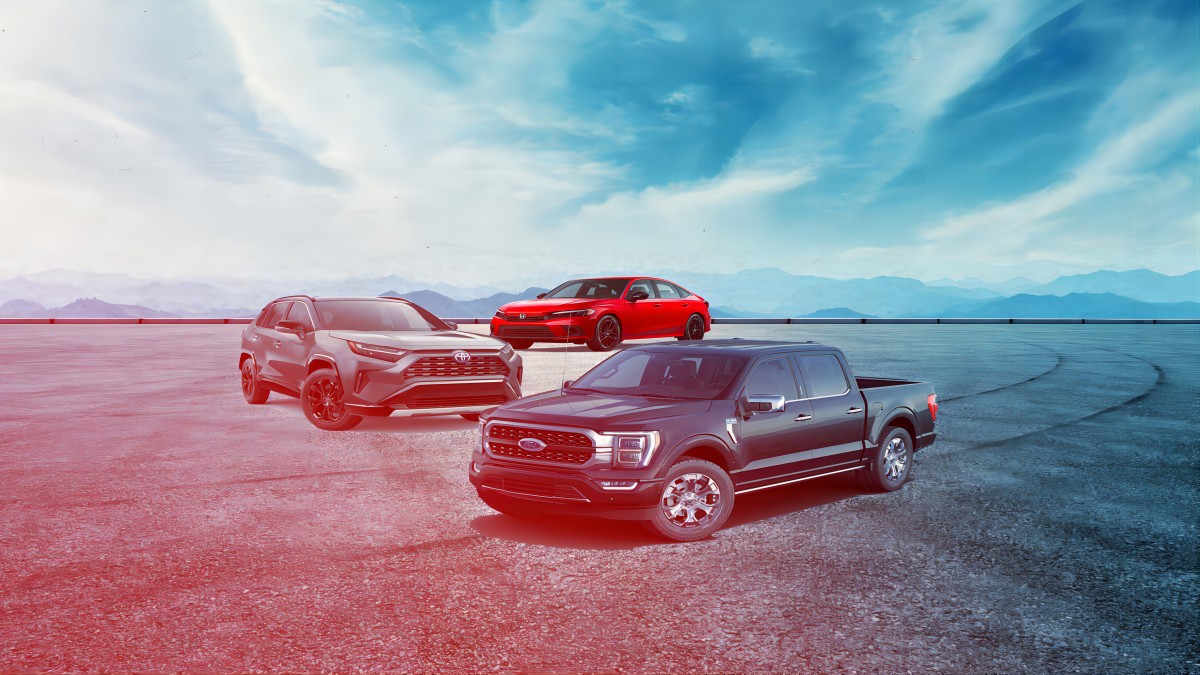
-
- Know All About the History of the Big 3 Automakers in the World
- By Prodosh Kundu 20 May,2024

-
- Saving Money as Well as Environment – Electric Trucks are here to Stay
- By Prodosh Kundu 17 May,2024
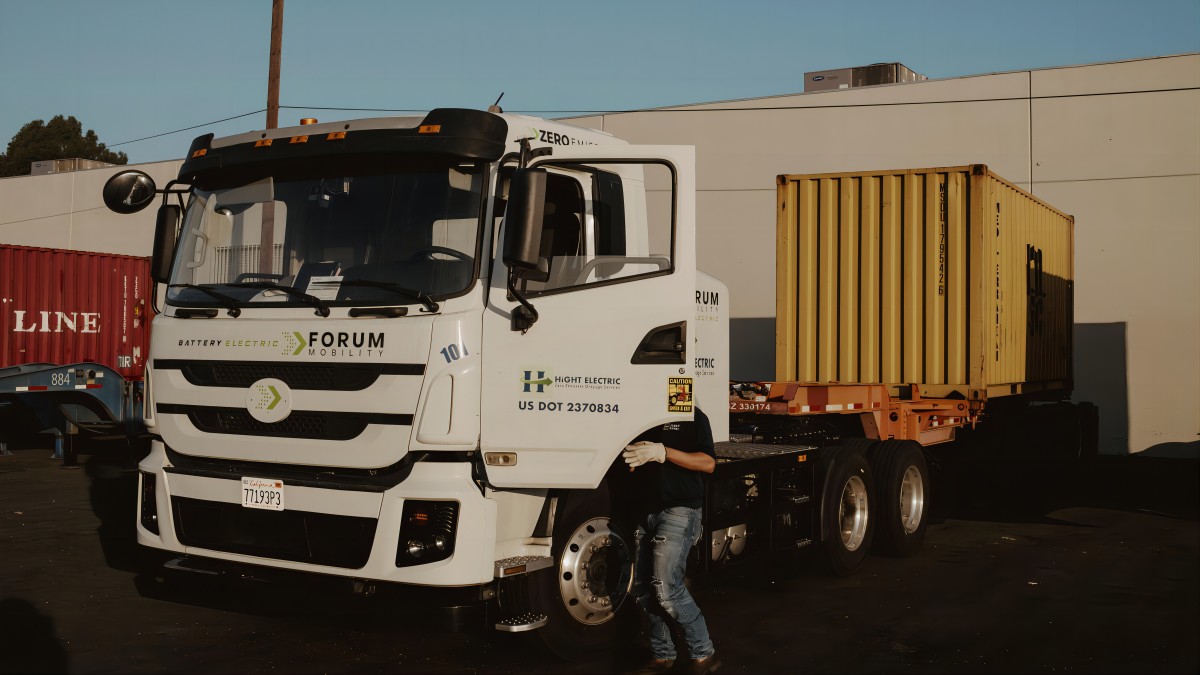
-
- Why the Hyundai Ioniq 5 is Leading the Electric Vehicle Market
- By Prodosh Kundu 14 Aug,2024
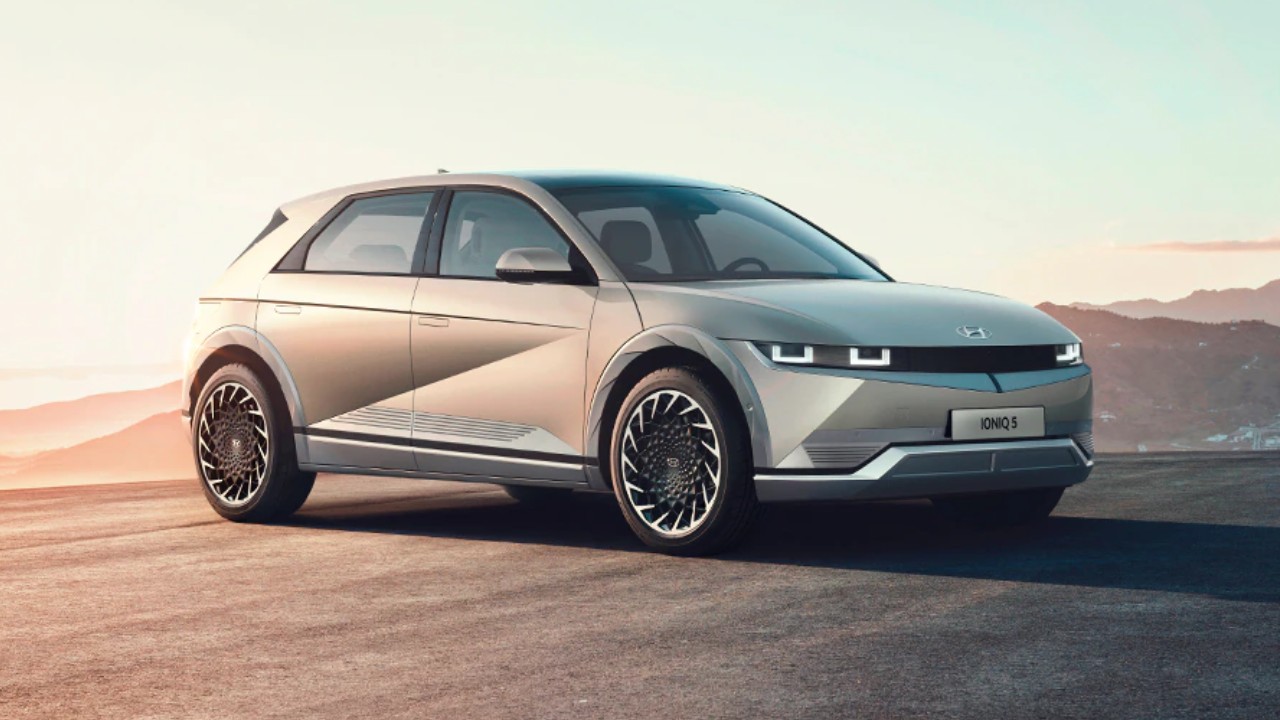
-
- Maximizing Longevity: Essential Rules for Truck Maintenance
- By Prodosh Kundu 20 May,2024

-
- Five Things You Should Know About Paint Protection Film (PPF)
- By Prodosh Kundu 01 Jul,2024
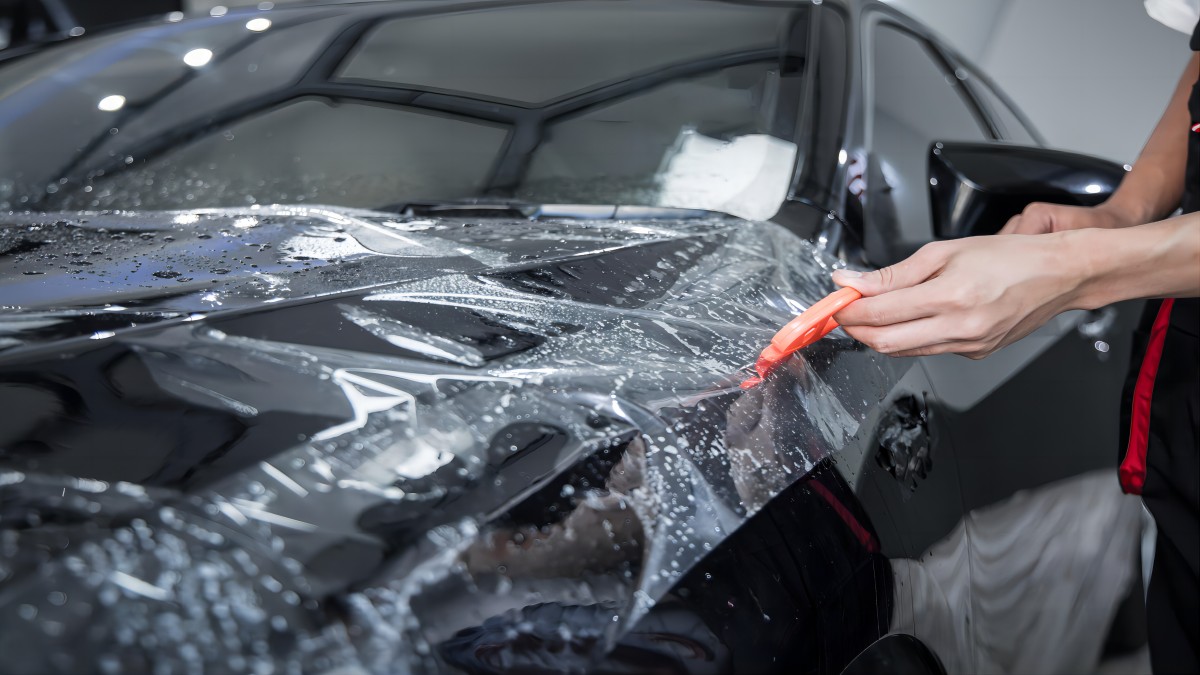
-
- How to Choose the Right Baby Car Seat
- By Prodosh Kundu 03 Jul,2024
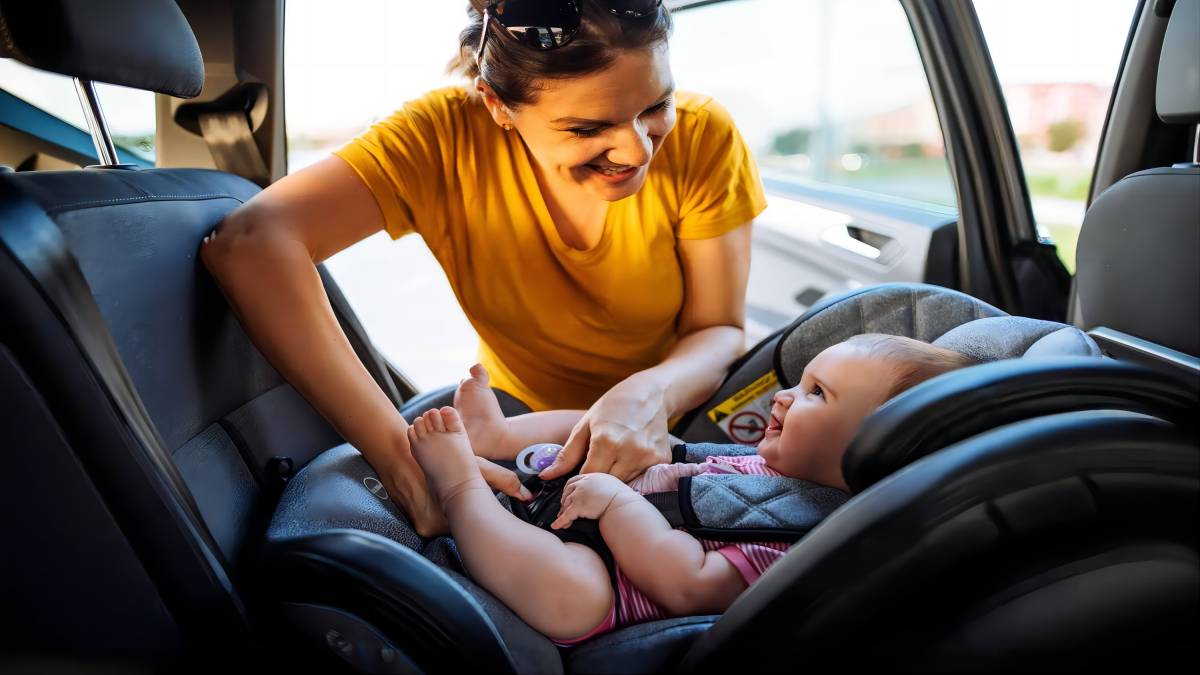
-
- Vehicle Overview:Mini Cooper
- By Prodosh Kundu 03 Sep,2024
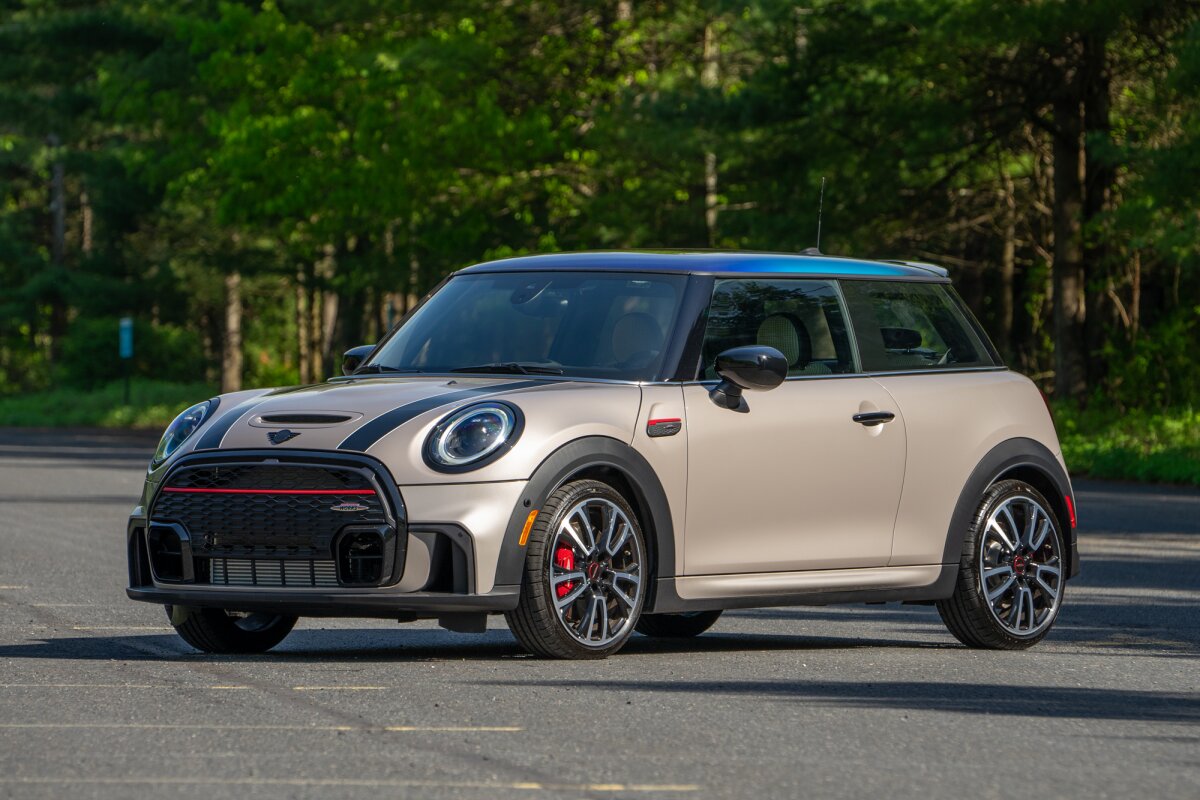
-
- Biden Slaps 100% Tariffs on Chinese EVs Ahead of the Election
- By Prodosh Kundu 17 May,2024
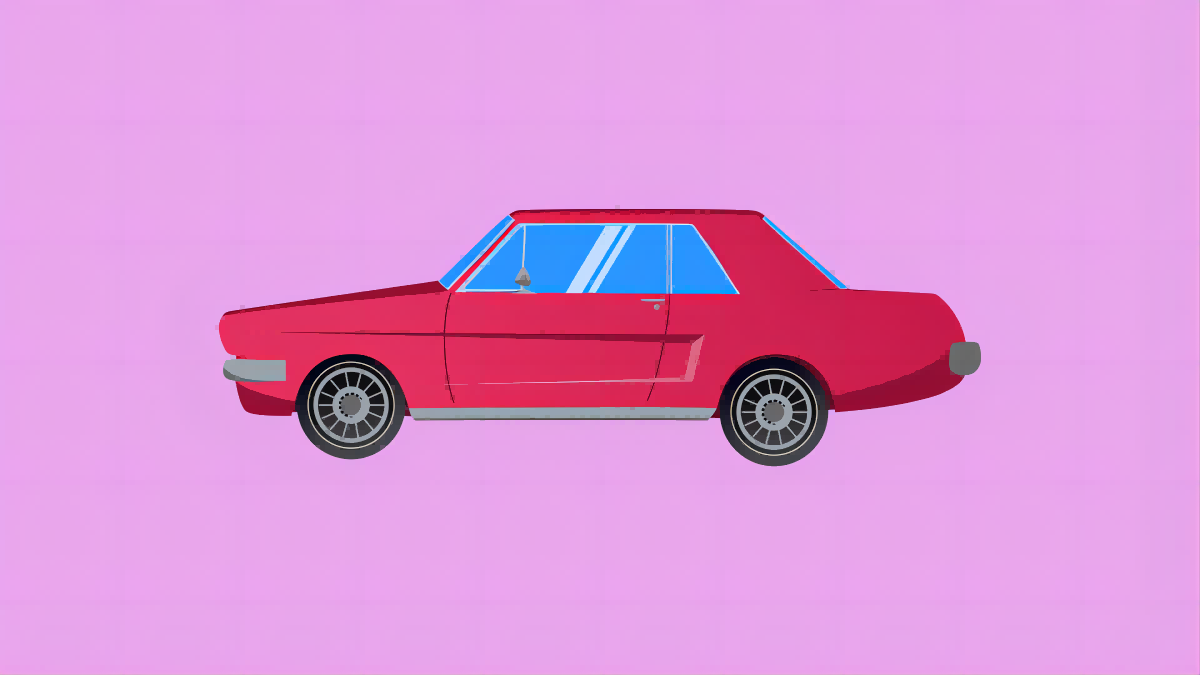
 1
1 1
1